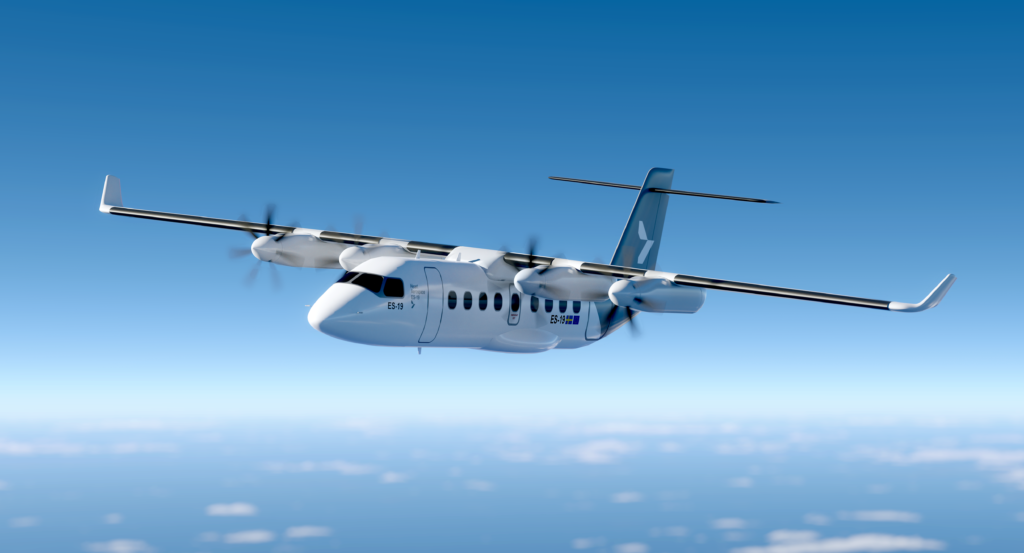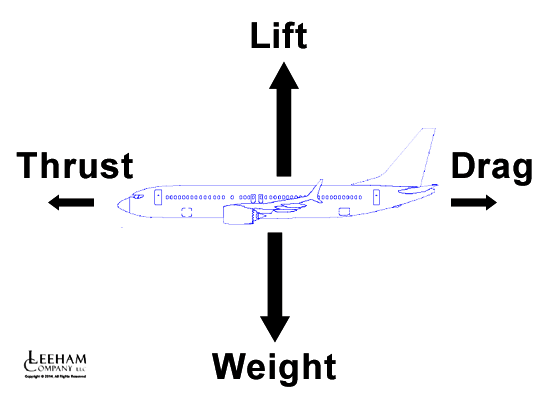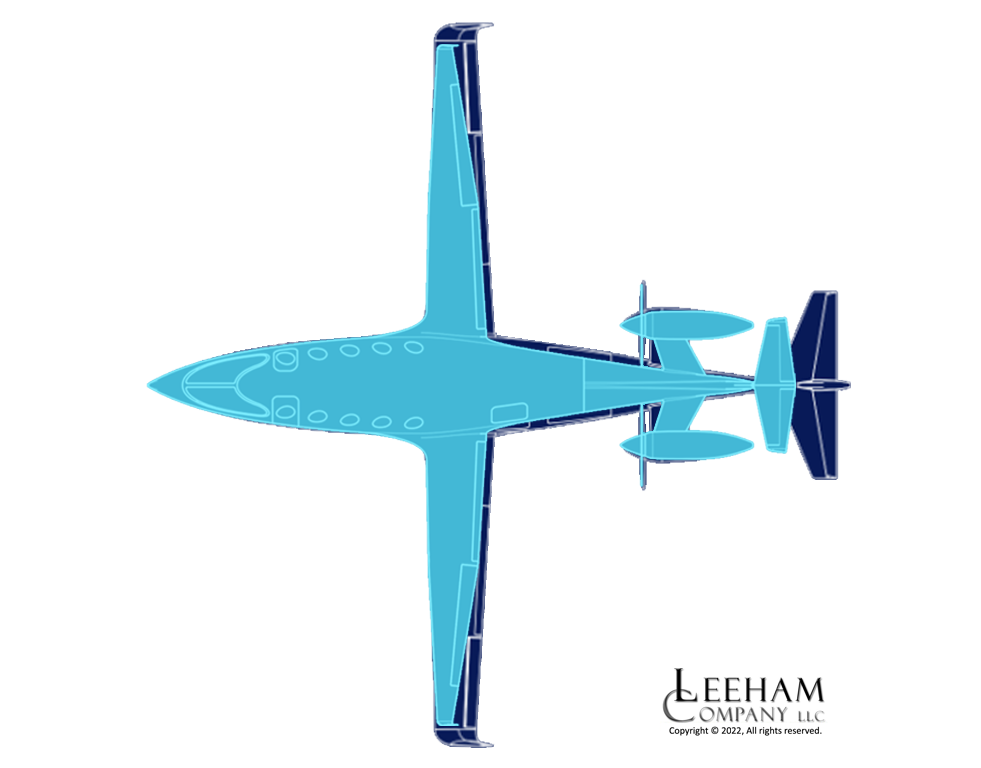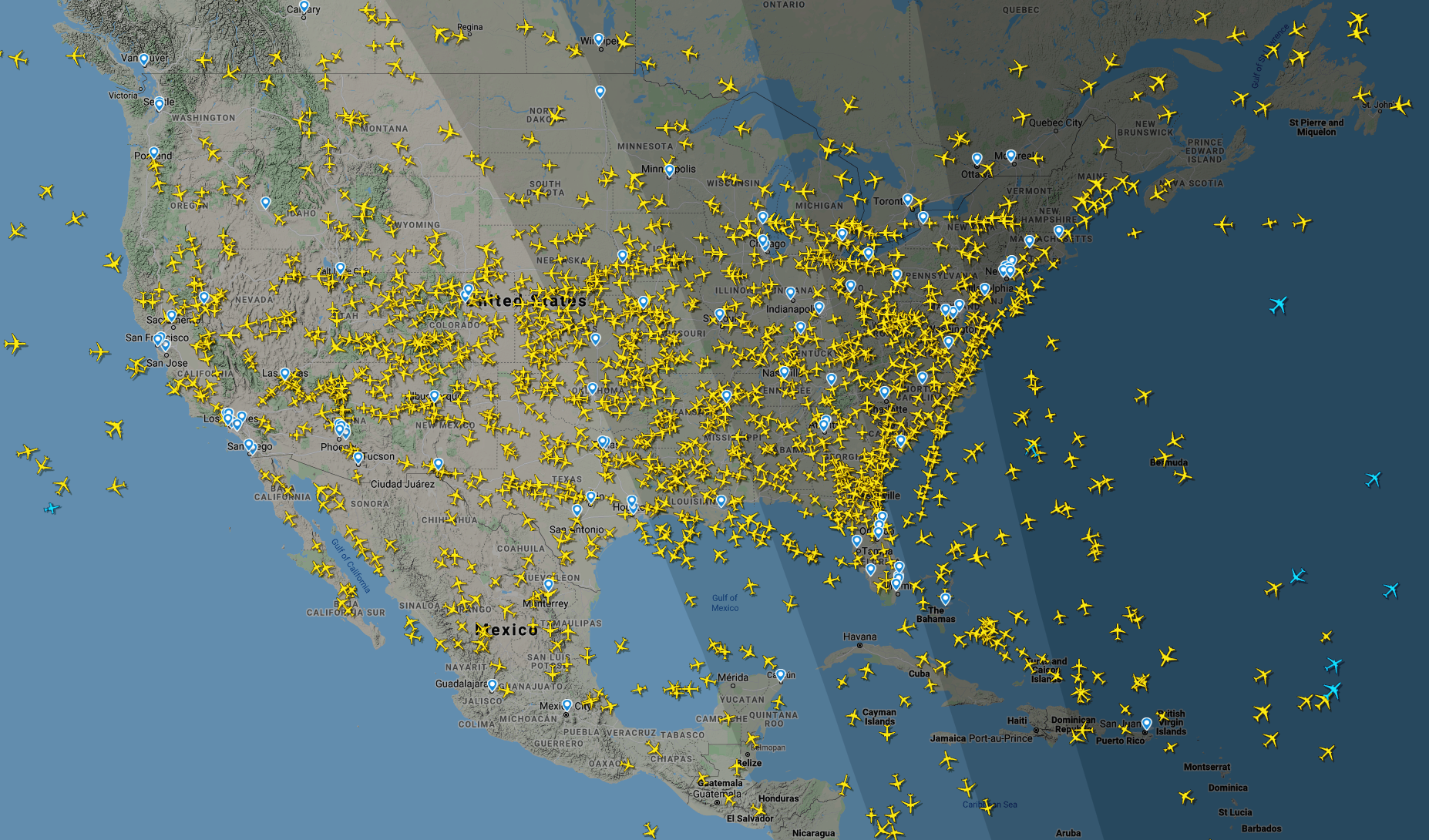Leeham News and Analysis
There's more to real news than a news release.
Bjorn’s Corner: Sustainable Air Transport. Part 9P. Parallel Hybrid. The deeper discussion.
Subscription required
March 4, 2022, ©. Leeham News: This is a complementary article to Part 9. Parallel Hybrid. It uses Leeham Company’s Aircraft Performance Model from our consultancy practice to analyze the design of a Parallel Hybrid aircraft for regional operations.
Our design brief is to make turboprop upgrade packages for De Havilland DH8-200,-300, and-400 aircraft. By using a Parallel Hybrid we could “target a 30% reduction in fuel burn and CO2 emissions, compared to a modern regional turboprop airliner” according to Pratt & Whitney Canada. Time to check if we can reach these levels.
Bjorn’s Corner: Sustainable Air Transport. Part 8. Serial Hybrids.
February 25, 2022, ©. Leeham News: This is a summary of the article Part 8P. Serial Hybrid, the deeper discussion.
We take an ES-19 type of battery aircraft and add a range extender to avoid the inadequate range we found in Part 6 and 6P.
Initially, it seems a good idea. We can use the benefits of the battery and then complement it with energy from the range extender. As you systematically work through the concept, the problems surface.
Bjorn’s Corner: Sustainable Air Transport. Part 7. Hybrids.
February 18, 2022, ©. Leeham News: Having covered batterie-based electric aircraft in the last three articles, we now move to the next ideas to improve our aircraft’s efficiency and burn less carbon-based fuels, hybrids.
A word of caution first. The words Sustainable, Electric, and Hybrid are, because of their success in ground transportation, virtually a must in any news release from anyone involved in aviation these days. We will unveil what is behind all this and what is real and what’s Greenwashing.
Bjorn’s Corner: Sustainable Air Transport. Part 6P. Energy consumption, the deeper discussion.
Subscription required
February 11, 2022, ©. Leeham News: This is a complementary article to Part 6. Energy consumption. It uses the Aircraft Performance Model from our Consultancy practice to generate energy consumed data when we fly a typical airline mission for the first aircraft we analyze, the battery-based Eviation Alice and Heart Aerospace ES-19.
These represent what to expect for airliners that have chosen this energy storage principle.
Bjorn’s Corner: Sustainable Air Transport. Part 6. Energy consumption.
February 11, 2022, ©. Leeham News: In a sister article, Part 6P. Energy consumption, the deeper discussion we use Leeham’s Aircraft Performance Model from our consulting practice to generate the aeronautical energy consumption for aircraft like Eviation’s Alice and Heart Aerospace’s ES-19.
This is the energy needed to combat the drag of the airframe during flight (Figure 1). We then add the losses in the chosen propulsion system to arrive at the energy drawn from the energy source.
Bjorn’s Corner: Sustainable Air Transport. Part 5. Fundamentals recap.
February 4, 2021, ©. Leeham News: We did a simple reality check on two high-profile ideas for Sustainable Air Transport last week, the Eviation Alice project and Heart Aerospace’s ES-19.
We now look at energy usage when performing Sustainable Air Transport flights, but it can be timely to recap some fundamentals of such flights before we discuss this.
Bjorn’s Corner: Sustainable Air Transport. Part 4. Reality checks.
January 28, 2022, ©. Leeham News: Having discussed where investments would be the most efficient in alleviating our Greenhouse gas problems and identified the low-hanging fruit, we now look at new technology airplanes that can improve the situation.
We start with classical airliners, working our way from small types to the largest, then we discuss the impact of new transport forms like VTOLs for short-haul transportation.
As we will use the Leeham Aircraft Performance Model in some of the work, there will be extra articles (for this one, a Part 4P) which are Paywall, where we use the model to generate deeper data and understanding.
Bjorn’s Corner: Sustainable Air Transport. Part 4P. Reality checks, the deeper discussion.
Subscription required
January 28, 2022, ©. Leeham News: This is a complementary article to the Part 4. Reality Checks article. It uses data from Leeham Company’s Aircraft Performance Model to develop the relationship between OEW (Operational Empty Weight) and MZFW (Maximum Zero Fuel Weight) compared with MTOW (Maximum Take-Off Weight) for 74 airliners in the model.
The article also discusses in more detail what’s the reasons behind large weight misses for new projects and how it’s handled.
Bjorn’s Corner: Sustainable Air Transport. Part 3. Low hanging fruit.
January 21, 2021, ©. Leeham News: Whatever is done in terms of new Sustainable technology for the aircraft, will have a limited influence on the amount of Greenhouse gases that Air Transport emits before 2050.
We will only get the new aircraft types into operation about 15 years before the deadline and with, on average, 100 to 200 aircraft per year. That’s 1,500 to 3,000 of the total of 25,000 aircraft that operate in our skies daily. It will not reduce our Greenhouse gas emissions significantly.
Sustainable Aviation Fuel, SAF, will help, but only when it’s available in quantity and to a reasonable cost. We can do things that have a much faster effect, and that’s how we manage our flights.
Bjorn’s Corner: Sustainable Air Transport. Part 2. The problem to solve?
January 14, 2021, ©. Leeham News: Before we dig into the different alternatives we have for more Sustainable Air Transport, let’s look at the problem and its sources.
Figure 1 shows the emissions of CO2 per person since 1900 and the rise of the world temperature. The increase in world temperature changes the weather, with increased weather-related emergencies in recent years.








